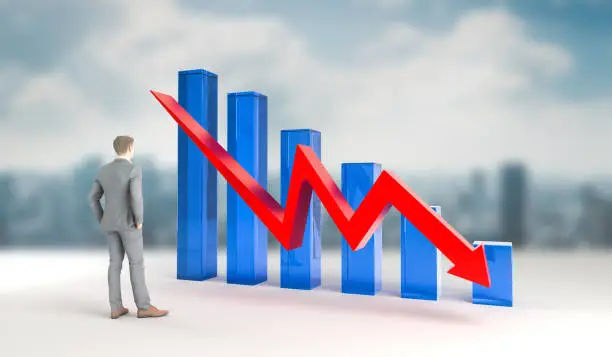Top Line As investors’ and borrowers’ expectations of a significantly reduced interest rate in 2025 are dashed by sticky inflation, the Federal Reserve’s preferred indicator of price changes indicates that inflation was more controllable than expected in November.
Key Takeaways
- The Commerce Department reported on Friday morning that the core personal consumption expenditures index was 2.8% year-over-year, which matched what the October figure reported.
- The Dow Jones report shows that the core PCE figure, which measures the amount of money Americans spend on goods and services outside of more price-volatile food and energy categories, is better than median economist estimates of 2.9%.

- The headline PCE inflation rate was 2.4%, higher than the 2.3% rate from October but still below the 2.5% forecast.
- Stocks pared earlier losses as S&P 500 futures went from a 0.8% loss to a 0.4% one, and investors reacted well to the news, as yields on 2-year and 10-year Treasury government bonds fell more than five basis points each. Lower bond yields mean that the bonds are more desirable.
- The Dow Jones report shows that the core PCE figure, which measures the amount of money Americans spend on goods and services outside of more price-volatile food and energy categories, is better than median economist estimates of 2.9%.
- The headline PCE inflation rate was 2.4%, higher than the 2.3% rate from October but still below the 2.5% forecast.
- Stocks pared earlier losses as S&P 500 futures went from a 0.8% loss to a 0.4% one, and investors reacted well to the news, as yields on 2-year and 10-year Treasury government bonds fell more than five basis points each. Lower bond yields mean that the bonds are more desirable.
Important Background
The inflation report out Friday is a fitting follow-up to the tale that Wall Street is having difficulty with: a stock-market selloff tied to monetary policy pessimism arising from persistent worries over inflation. The median projection of core PCE inflation for the end of next year is 2.5%, up from what was anticipated in September — 2.2% — and still significantly higher than the Fed’s inflation target of 2%. According to the Federal Reserve’s quarterly summary of economic projections, which was published on Wednesday,. The Fed’s end-of-2025 interest rate forecast has risen from 3.4% to 3.9%, suggesting that stimulative rate cuts financial markets have longed for so badly may not come as soon as many expect. Perhaps this more bearish inflation forecast is related to inflationary policies preferred by President-elect Donald Trump.The S&P 500 dropped 3% on Wednesday, leaving that shift in opinion as a significant cause of stock market losses. As the benchmark index entered its worst week since August, the selloff continued in premarket trade, with S&P futures down about 1% before the PCE announcement.


